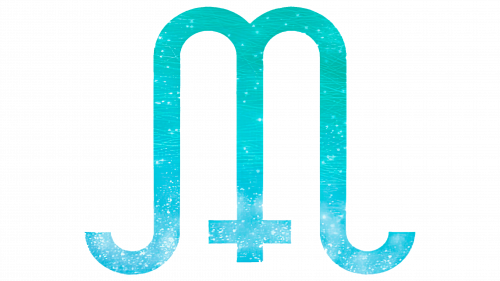Celtic symbols are like a secret language that tells stories about life, nature, and magic, taught by the ancient Celts. The Malbon isn’t as well-known, but it’s just as special. Mabon, also known as Mabon, represents the modern designation for the Autumn Equinox festival, widely celebrated in neo-pagan and Wiccan circles.
The celebration, expressing gratitude for the gifts of nature, coincides with the autumn equinox days (September 21-22). The name “Mabon” was introduced in 1970 and is associated with the figure of Mabon from Welsh legend, facilitating its identification and use in modern rituals.
The central idea of Mabon is to express gratitude to the Goddess and God for the bounty of the harvest and the fertility of the earth. This festival symbolizes a farewell to summer and harvest exchange to secure protection and blessings from the deities for the upcoming winter months.
Here are a few important things the Malbon shows us:
- Harmony: It’s like a reminder that everything works best when it’s in balance, like friends playing nicely together.
- Cyclical Nature of Existence: Life is like a big circle that goes round and round—starting, growing, ending, and then starting all over again.
- Interconnectedness: This is a fancy word for saying everything is linked together, like puzzle pieces.
The ritual of Mabon has several distinctive features that set it apart from other Pagan celebrations:
- Equinox Timing: Mabon is celebrated during the autumnal equinox, when day and night are of equal length, symbolizing balance and harmony in the natural world. This period marks a pivotal point in the cycle of the seasons, transitioning from the light and growth of summer into the darkness and introspection of winter.
- Harvest Thanksgiving: Mabon is a harvest festival that expresses gratitude for the abundance of crops and the Earth’s generosity. It is a time for Pagans to acknowledge the fruits of their labors and the bounty that sustains them.
- Sharing and Community: An essential aspect of Mabon is sharing the harvest’s bounty, emphasizing community and the importance of supporting one another. This communal sharing reinforces social bonds and ensures everyone has enough to sustain them through the colder months.
- Balance and Reflection: The equal length of day and night during the equinox encourages reflection on balance in one’s life and the world. Practitioners may contemplate personal growth, achievements, and setbacks, using this time to align themselves with the natural balance.
- Invocation of Deities: Mabon rituals include invoking the Goddess and the God, seeking their blessings for protection, prosperity, and guidance. This connection to divine forces is a reminder of the spiritual aspects of the harvest and the cycles of nature.
- Connection to Mythology: Naming the festival after Mabon ap Modron, a figure from Welsh mythology, links the celebration to Celtic cultural heritage. This mythological reference enriches the ritual with layers of symbolism, connecting participants to ancient traditions and the wisdom of the past.
- Seasonal Decor and Symbols: Mabon celebrations are characterized by using autumnal symbols and decorations, such as leaves, acorns, and pumpkins. These elements visually represent the season’s abundance and the Earth’s fertility.
- Ritual Activities: Activities during Mabon include feasting on seasonal foods, performing rituals of protection and prosperity, and preparing for the coming winter. It is also a time for storytelling, music, and reconnecting with nature.
Through these features, Mabon serves as a meaningful celebration that fosters gratitude, balance, and community, deeply rooted in the cycles of nature and the changing seasons.
Malbon Tattoo
Malbon tattoo is all about connections and cycles, like how seasons change or how we grow and change throughout our lives. It shows that everything is part of a big circle of life, death, and rebirth and reminds us of the energy that moves through the world and keeps everything going.
In modern tattoos inspired by the Mabon festival, the following symbols predominate:
- Sheaves, bunches, and grains are representations of the earth’s fertility and the generosity of the autumn harvest. These are often combined with grapevines and oak leaves and incorporated into Celtic ornaments or patterns.
- Grapes, berries, and fruits symbolizedture’s gifts during the maple leaf, which is not only a symbol of Canada, where the Mabon festival has found widespread popularity, but also a popular tattoo element, depicted in bright red shades in honor of this event.
- Images of deer or elk symbolize the spirit of the animal world, with which humans symbolically part ways until the arrival of spring.
These Mabon tattoo elements reflect a deep connection with nature, its cycles, and its gifts, emphasizing the festival’s significance as a time of harvest, farewell to the warm season, and preparation for winter.
The Malbon tattoo also links us to the past, to the Celts who loved and respected nature and saw life as a sacred circle. It’s about wanting to live in peace with the natural world, remembering the lessons from long ago, and knowing we’re all part of a huge, connected family.






